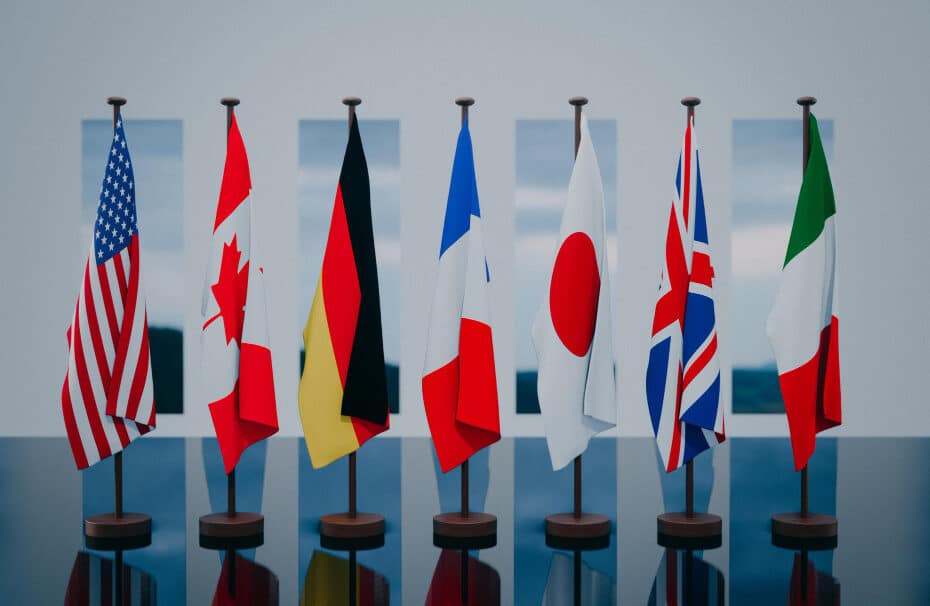📑 Table of Contents
- The Significance of +1 Country Code
- How the 1 Country Code Connects Nations
- The Impact of the 1 Country Code on Global Communication
- Navigating the 1 Country Code in Everyday Use
- Embracing Global Connectivity
- Practical Tips for Using the 1 Country Code
- The Future of International Dialing Codes
- Embracing a World Without Borders
In an era of boundless connectivity, understanding international dialing codes is crucial. The 1 country code stands as a prime example, facilitating communication across numerous nations. This guide delves into the significance, usage, and its impact in our interconnected world.
The Significance of +1 Country Code
At its core, the 1 country code represents a series of nations primarily in North America, including the United States and Canada. Also, it acts as the gateway for international calls to these regions, playing a vital role in maintaining global communication lines. The use of the number 1 signifies the code’s prominent position in the global telecommunication system.
How the 1 Country Code Connects Nations
Adopting the 1 country code simplifies the process of making international calls to the United States, Canada, and other associated regions. It’s the first number dialed, followed by the area code and the local phone number. This uniform approach aids in streamlining international communications, ensuring a straightforward and efficient connection process.
The Impact of the 1 Country Code on Global Communication
The presence of the 1 country code in global telecommunications cannot be understated. It not only facilitates personal connections but also bolsters international business and diplomatic relations. By providing a consistent and easy-to-remember code for a significant portion of North America, it enhances the ease of international trade and cross-border collaborations.
For individuals and businesses alike, understanding how to use the 1 country code is essential. Whether it’s keeping in touch with loved ones or conducting international business transactions, the correct usage of this code ensures seamless and effective communication. Remember, when dialing internationally, start with 1, then the area code, followed by the local number.
Embracing Global Connectivity
The 1 country code is more than just a series of digits; it’s a symbol of our interconnected world. Moreover, it represents the ease with which we can reach across oceans and time zones to connect, collaborate, and communicate. As global citizens, embracing and understanding such tools of connectivity is integral to thriving in an increasingly interconnected world.
Practical Tips for Using the 1 Country Code
- Check International Rates: Before dialing, ensure you’re aware of the international calling rates charged by your service provider.
- Know the Area Codes: Familiarize yourself with the area codes of the region you’re calling within the 1-country code zone to ensure a smooth connection.
- Consider Time Zones: Be mindful of time differences when calling across borders to avoid inconvenience.
The Future of International Dialing Codes
As we look towards the horizon of telecommunications, the future of international dialing codes, including the 1 country code, presents a fascinating blend of tradition and innovation. This expanded section delves deeper into the evolving landscape of international communication, exploring emerging trends, technological advancements, and the potential trajectory of these vital numerical systems.
Technological Advancements Reshaping Communication: The digital revolution is at the forefront of reshaping how we communicate globally. With the rise of internet-based communication platforms such as Voice over Internet Protocol (VoIP), social media messaging, and video conferencing tools, the reliance on traditional phone networks and their associated dialing codes is diminishing. These digital platforms often bypass traditional telephony systems, offering a more versatile and cost-effective means of international communication.
Integration of Digital and Traditional Systems: Despite the rise of digital communication, traditional dialing codes, are not facing immediate obsolescence. Instead, there is an ongoing integration of digital and traditional telephony systems. For instance, VoIP services often allow calls to traditional phone numbers, utilizing existing country codes and numbering plans. This hybrid approach ensures that while technology advances, it doesn’t alienate users of traditional systems, thereby maintaining a universal connectivity framework.
Potential for Smart Numbering Systems: The future could see the introduction of smarter, more adaptive numbering systems. With advancements in artificial intelligence and machine learning, we could witness the development of dynamic numbering systems that automatically adjust to call volumes, types of calls (voice or video), and user preferences. Such systems could provide more efficient and personalized communication experiences while still using the framework of traditional country codes. Learn more about shortcodes.
Challenges and Considerations: The evolution of dialing codes faces several challenges:
- Regulatory Hurdles: Changing international dialing standards involves navigating complex regulatory environments across different countries.
- Global Collaboration: Ensuring seamless global communication requires unprecedented levels of international cooperation and standard-setting.
- Technological Inclusivity: Balancing technological advancements with accessibility for regions with limited digital infrastructure is crucial to avoid creating a digital divide in global communication.
Embracing a World Without Borders
The 1 country code is more than a technical necessity; it’s a testament to our desire to stay connected regardless of physical distances. It underlines the importance of communication in building relationships, driving business, and fostering international understanding. In a world that’s rapidly shrinking due to technological advancements, it stands as a reminder of our global village.

Final Verdict!
In conclusion, the 1 country code is a crucial element in the tapestry of global communication. Its simplicity and widespread usage make it an invaluable tool for individuals and businesses alike. By understanding and utilizing this code, we open doors to endless possibilities of connectivity, collaboration, and cultural exchange. Let us embrace this tool and the countless opportunities it presents in connecting us with the world. Learn more about US shortcodes.
